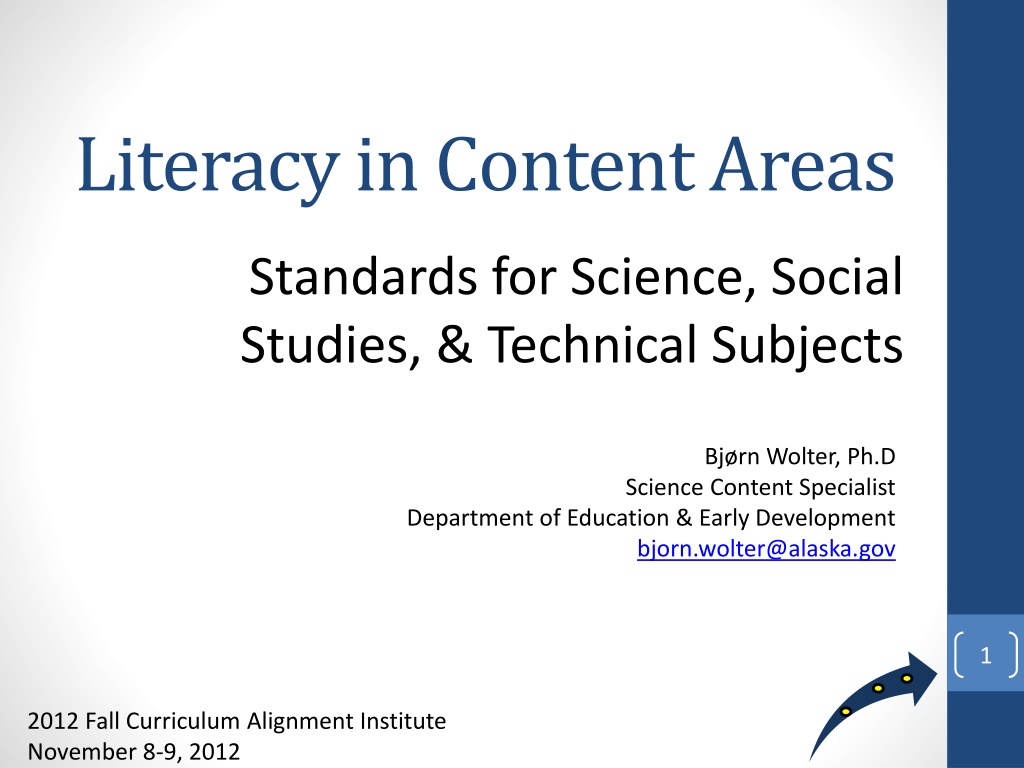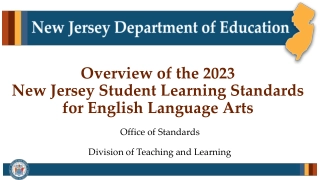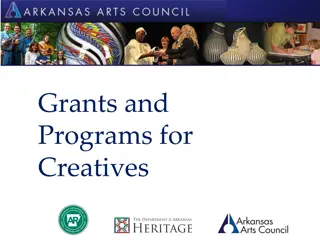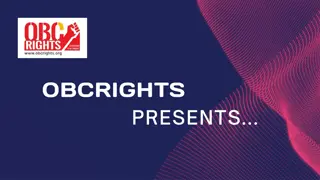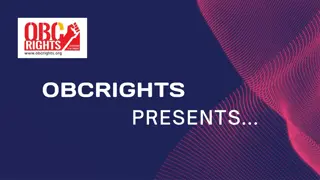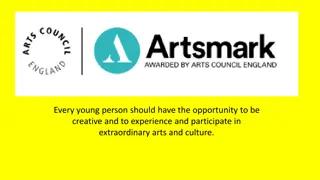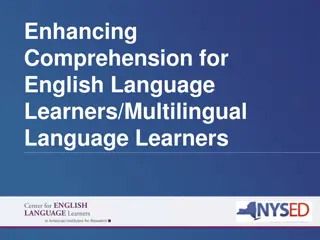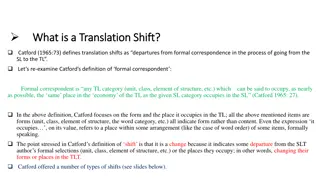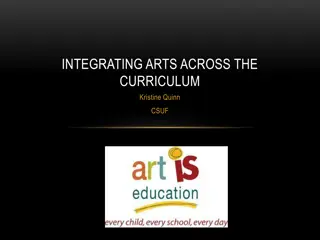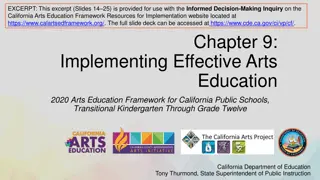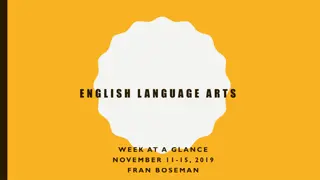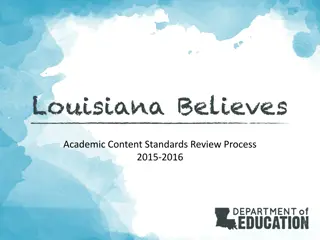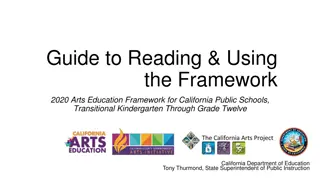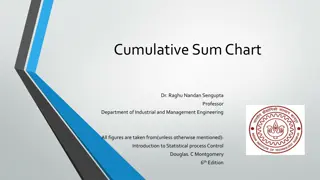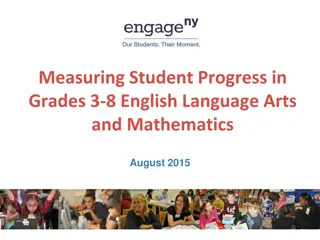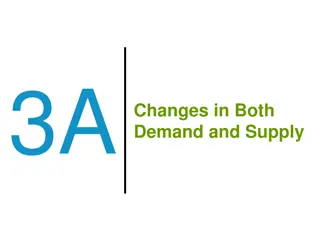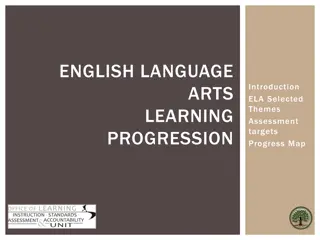Understanding Shifts in English Language Arts Standards
Explore the changes in ELA standards focusing on building knowledge through nonfiction, using text evidence, and engaging with complex vocabulary. Teachers across subjects can benefit from these shifts, emphasizing critical reading skills and analytical thinking. Students are encouraged to extract evidence from text, identify perspectives, differentiate facts from opinions, and interpret visual data.
Download Presentation

Please find below an Image/Link to download the presentation.
The content on the website is provided AS IS for your information and personal use only. It may not be sold, licensed, or shared on other websites without obtaining consent from the author. Download presentation by click this link. If you encounter any issues during the download, it is possible that the publisher has removed the file from their server.
E N D
Presentation Transcript
Literacy in Content Areas Standards for Science, Social Studies, & Technical Subjects Bj rn Wolter, Ph.D Science Content Specialist Department of Education & Early Development bjorn.wolter@alaska.gov 1 2012 Fall Curriculum Alignment Institute November 8-9, 2012
Preview 1. Review of ELA organization 2. Highlight: a. Static elements of ELA standards b. Changes to ELA standards 3. What do these changes really mean? a. Extracting evidence from text b. Thinking about text 4. Cross-cutting opportunities 5. Links to other initiatives 2 2012 Fall Curriculum Alignment Institute November 8-9, 2012
English Language Arts Organization 3 3 2012 Fall Curriculum Alignment Institute November 8-9, 2012
What Remained the Same in the ELA Standards Foundational Skills 1. The instruction of the basic reading components is still an expectation 2. The standards for these skill are found in grades K-5 4 2012 Fall Curriculum Alignment Institute November 8-9, 2012
What Shifted in English Language Arts These apply to content area (social studies, science, and technical subject) teachers as well as to English teachers. 1. Building knowledge through content-rich nonfiction and informational texts in addition to literature. 2. Reading and writing grounded in evidence from the text. 3. Regular practice with complex text and its academic vocabulary. 5 2012 Fall Curriculum Alignment Institute November 8-9, 2012
What Does this Mean to Me? 6 2012 Fall Curriculum Alignment Institute November 8-9, 2012
Evidence From the Text Students should be able to critically and analytically read text to: 1. Determine the central thesis 2. Access key vocabulary 3. Identify author s perspectives and purpose 4. Distinguish between fact and opinion 5. Understand source information and citations 6. Read, analyze, and create visual data (e.g. charts, graphs, maps, etc ) 7 2012 Fall Curriculum Alignment Institute November 8-9, 2012
Examples Mutations in -BLM, which encodes a RecQ helicase, give rise to Bloom's syndrome, a disorder associated with cancer predisposition and genomic instability. A defining feature of Bloom's syndrome is an elevated frequency of sister chromatid exchanges. These arise from crossing over of chromatid arms during homologous recombination Foster et al. (2012). Science 337(6100): 1313. 8 Wu and Hickson (2003). Nature 426(6968): 870-874 2012 Fall Curriculum Alignment Institute November 8-9, 2012
Reflection On a post-it note, write down two ways that you think the inclusion of these literacy standards might affect you and/or your district. 2012 Fall Curriculum Alignment Institute November 8-9, 2012 Please share your ideas with your neighbor. 9
Thinking about text Accessing Sharing Processing 10 2012 Fall Curriculum Alignment Institute November 8-9, 2012
Access 1. Analytical reading 2. Critical thinking 3. Building vocabulary 11 2012 Fall Curriculum Alignment Institute November 8-9, 2012
Process 1. Logical development 2. Argumentation 3. Data collection and analysis 12 2012 Fall Curriculum Alignment Institute November 8-9, 2012
Discourse 1. Translation of ideas 2. Technical writing 3. Public speaking 4. Critical listening 13 2012 Fall Curriculum Alignment Institute November 8-9, 2012
Cross-Cutting Opportunities Physics These standards create connections not just between ELA & subject areas, but also among subject areas. Drama Chemistry ELA Math Biology Civics Music History 14 2012 Fall Curriculum Alignment Institute November 8-9, 2012
Cross-Cutting Opportunities ELA tools are the glue to one can use to combine multiple, seemingly disparate content areas. (e.g. Drama & Science & History) 15 2012 Fall Curriculum Alignment Institute November 8-9, 2012
Fit with Other Initiatives Scientific and Engineering Practices: 1. Defining problems 2. Planning & carrying out investigations 3. Analyzing & interpreting data 4. Constructing explanations 5. Engaging in argument from evidence 6. Obtaining, evaluating, & communicating information 16 2012 Fall Curriculum Alignment Institute November 8-9, 2012
Turn and Talk As you consider the standards for literacy in content areas, what is your BIGGEST concern? Considering the new literacy standars, what are you most enthusiastic about? 17
Contact information Bjorn Wolter bjorn.wolter@alaska.gov 907.465.6542 18 2012 Fall Curriculum Alignment Institute November 8-9, 2012
